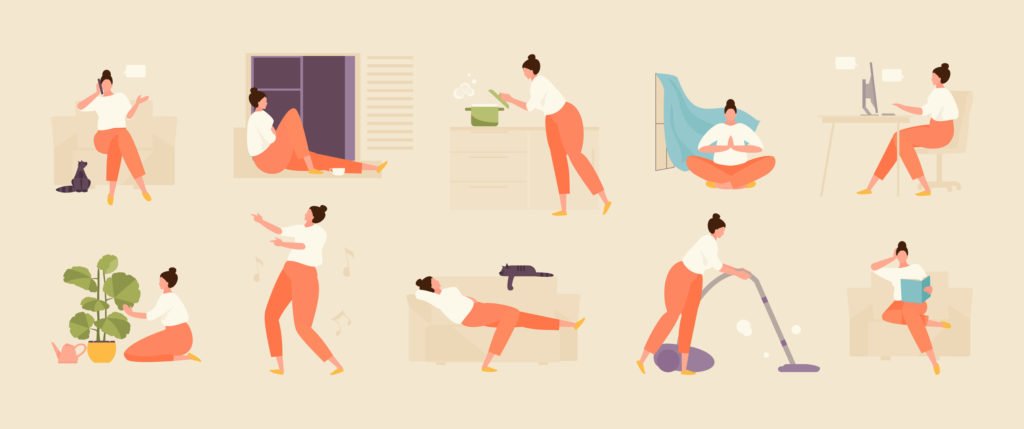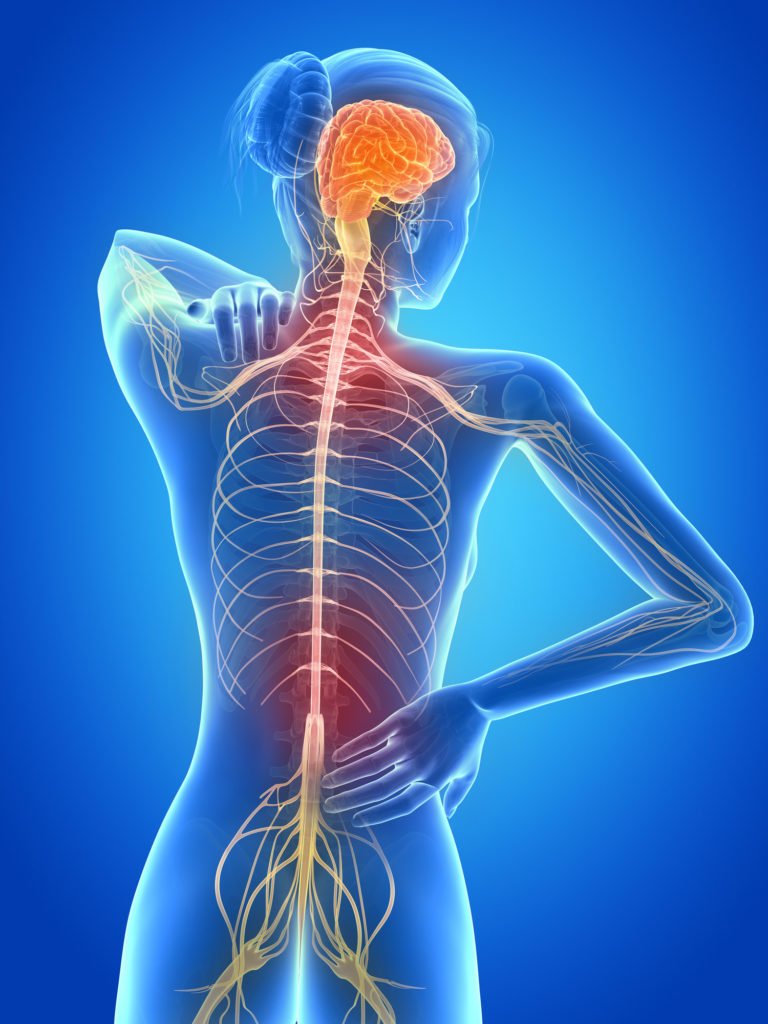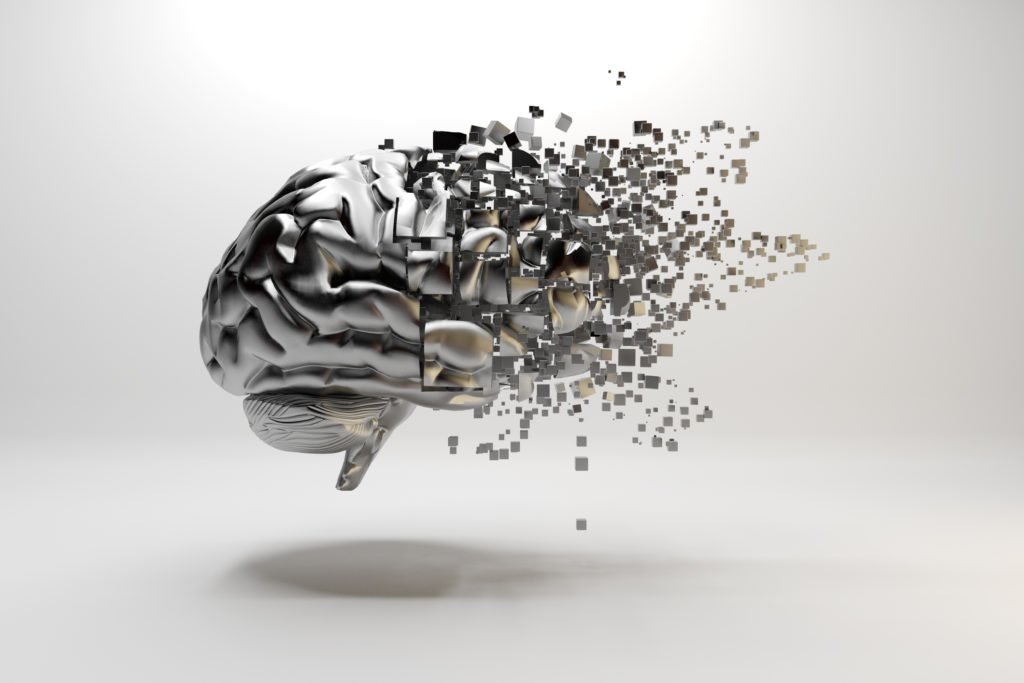The human body is designed to move and there are over 650 named skeletal muscles that help to facilitate movements of various body parts. Although most individuals have the same general set of muscles, there is some variability from one person to another. Have you ever wondered what causes those variabilities?

Human movements are task-oriented. Think of some of our daily movement executions: walk, squat, reach, twist, push, pull. Each of those actions are mostly done for a purpose, in other words, task-oriented! So depending on why and in what environment the action is being done, as well as the performer’s physical abilities, and capabilities, how a movement is being carried out can vary quite a bit from person to person.
Voluntary movement can be viewed as a top-down process where the quality of the movement is highly dependent on how well the motor control is for the individual. Motor control is like the foundation of movement training so that the production of reflexive, automatic, adaptive, and voluntary movements can occur. Which is why most gross movement has a certain predictability in movement patterns as we all went through the same motor development process from baby to early childhood.
As mentioned earlier, there are over 650 named skeletal muscles in our body and most of our daily movements require multi-joints motion, even if it is as simple as a squat action. The amount of coordination, feedback and feedforward mechanisms that are involved in our brain to allow for efficient, coordinated, goal-directed movement is beyond our conscious effort. This is where motor control comes in to get all the work done behind the scene so that we could afford to “multi-task”.
Motor control of an individual can be improved by the repetition of motor skill where the individual practices a certain skill over and over again until the skill is refined and the desired movement is made automated. This is where the movement pattern is formed, allowing us to take advantage of muscle memory to perform certain movements. We can often see this in athletic performance where athletes are able to perform complex movements with ease.

However, bad movement patterns and injuries can significantly impair motor control and vice versa. For example, lower back pain often leads to movement compensation so that pain can be avoided. That creates a new movement pattern that is not painful during the execution of daily movements but more often than not, the movement becomes stiff and awkward due to the fear of pain.
Another example that is detrimental to motor control is the lack of variety in movement execution, which is commonly seen in gym training where machines are used solely for a single joint action. If we go back to our natural movement that we do on a daily basis, how many of those movements can be done with a single muscle activation? None! How many of those mentioned movements are done involving only a single joint? None again!
Too many exercises in the gym are training single-joint movements, such as bicep curls, triceps pushdown, knee extension… Training human movements this way can lead to the loss of functionality of movement execution as movements are no longer trained in a task-oriented approach but rather just a focus of muscle building. We should not be derailed by the desire to gain more strength in the gym and neglect the need for movement to be functional and practical.

Lack of usage of a neural pathway will cause deterioration of connection.
“Use it or lose it” is best reflected in our human body in all terms (physically, mentally or emotionally). Whatever that you practice, you will get to reinforce the neural pathway and hence get better and better at it; whatever that you do not practice, you will lose the grasp of it, forgetting what it feels like and how it works eventually.
Now imagine you are stuck in a situation where you have chronic pain in your lower back, and you stop moving the way you used to. You then lose the motor control to move freely because you have been protecting your back with very careful movements. But life is unpredictable and you get caught in situations where you have to get into some “compromised” positions to get things from a very low angle e.g. picking up your ring that rolled under a furniture that is difficult to reach. The frustration that you get for not being able to do such a simple action then affects how you perceive your general well-being.
And this is the reason why I am so passionate about helping people to gain better movement health. Understanding how movement works in terms of motor control and movement patterns can help a lot in preventing movement dysfunction from setting in permanently if intervention is done before the damage occurs.
“Awareness may not be able to stop you from making mistakes entirely, but it allows you to learn from mistakes and reflect on it.“